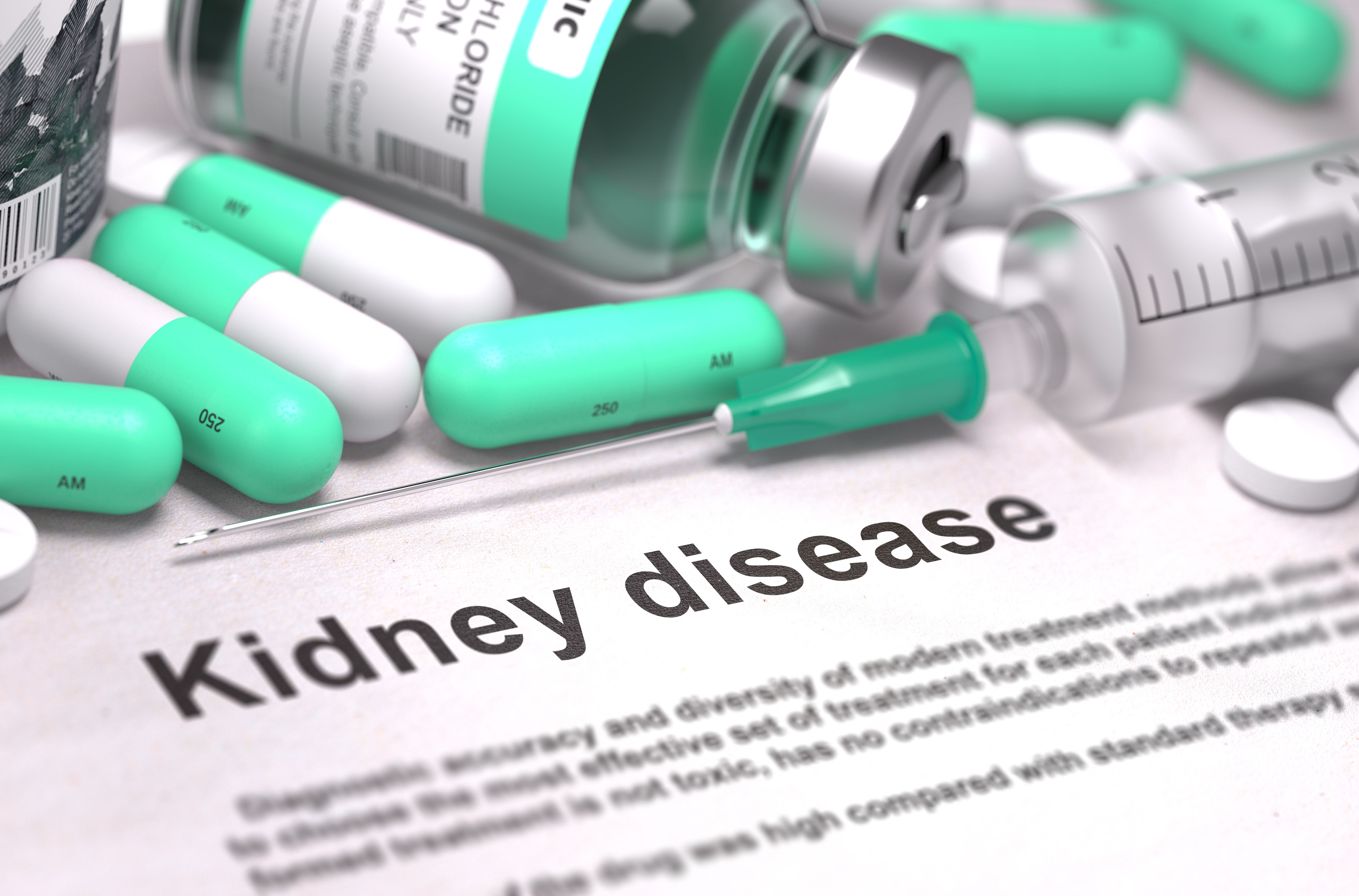Article
Top 5 Most-Read Chronic Kidney Disease Articles of 2021
Author(s):
The top 5 most-read chronic kidney disease stories of 2021 on AJMC.com significantly focused on aiding physicians with determining patient risk of developing the disease or experiencing renal complications.
As we enter the third year of the pandemic, the risk of developing kidney disease or experiencing renal-related complications has been a big topic of discussion throughout the top 5 most-read chronic kidney disease (CKD) stories of 2021 on AJMC.com.
Researchers have dedicated significant resources to discover which patients are more likely to respond to CKD treatments, develop CKD, or need long term renal monitoring. Additionally, the FDA approved of an oral medication to slow kidney decline.
5. Il-6 Levels, CKD Status Could Identify Patients Needing Anti-Inflammatory Treatment
The presence of interleukin 6 (IL-6) and CKD status may help providers identify patients with chronic coronary syndrome in need of anti-inflammatory treatment. Past research has demonstrated that increased levels of IL-6 are associated with cardiovascular events; CKD is also linked with cardiovascular disease. Although several drugs have been shown to reduce the risk cardiovascular events in patients with acute and chronic coronary syndrome, no anti-inflammatory drug is routinely used in this population.
4. FDA Approves Oral Dapagliflozin to Slow Kidney Decline
The FDA approved Farxiga, an oral dapagliflozin, for reducing the risk of kidney function decline, kidney failure, cardiovascular death, and hospitalization for heart failure in adults with CKD who are at high risk of disease progression. The approval for the drug as a method to improve kidney outcomes and reduce cardiovascular death in patients with CKD was based on results from a multicenter, double-blind, placebo-controlled study. The drug, developed by AstraZeneca, was the first sodium-glucose co-transporter 2 inhibitor to be approved to treat adults with heart failure with reduced ejection fraction.
3. Kidney Function Declines Along 4 Distinct Trajectories, Study Finds
Older patients with kidney disease can be stratified into 4 distinct trajectories of renal function decline over time, researchers found. The study aimed to help physicians better predict which patients are at the highest risk for accelerated renal decline. The 4 predialysis trajectories that emerged from the analysis were slower decline, gradual decline, early rapid decline, and rapid decline. The patients in the rapid decline group were also associated with higher mortality, but this was only observed after the patients had been on dialysis for at least 1 year.
2. Family History, Genetics May Help to Predict, Detect Early-Stage CKD
Researchers found a strong association between family history of CKD and increased susceptibility of CKD among Dutch patients, which suggests that genetics plays a key role in risk of developing CKD. The results could influence the ability for providers to detect early-stage CKD and help them to better identify which patients are at a higher risk for CKD. The investigators signaled that they want to establish CKD heritability and detect potential disease biomarkers.
1. Study Illustrates Kidney Impact After COVID-19 Resolves
Study results showed that patients who have recovered from COVID-19–related hospitalization and have experienced an acute kidney injury (AKI) as a result may require long term kidney monitoring after leaving the hospital. AKI occurs in up to 57% of COVID-19 hospitalizations and 78% of intensive care unit admissions for COVID-19. The kidney issues in patients with COVID-19 are more severe than in patients with kidney disease that develops without COVID-19 infection, and COVID-19 layers on more severe AKI and more need for dialysis, as well as complicates a full kidney recovery before discharge.




